Read the latest blogs from across our work within the secondary breast cancer community. From blogs on fundraising, research findings, information sharing, corporate achievements, community support and stories, celebrate with us as we work together to Make 2nds Count.
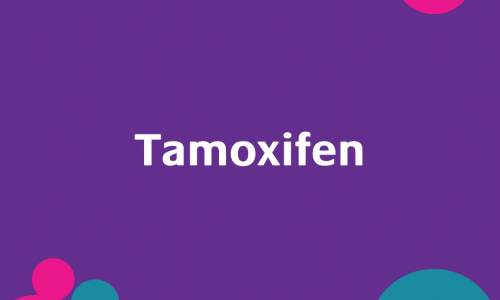
Tamoxifen
Tamoxifen Tamoxifen is a hormone therapy for breast cancer in both women and men. It lowers the risk of early breast cancer coming back (recurring) after surgery or developing in the other breast.

How Were You Diagnosed?
When were you diagnosed with secondary breast cancer? I was diagnosed back in July 2012.
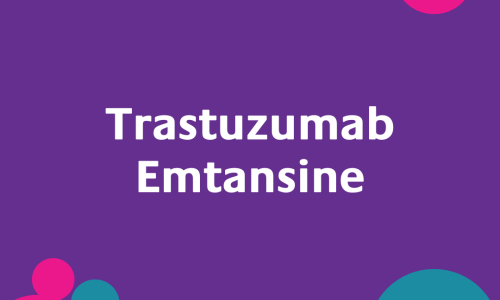
What is Trastuzumab Emtansine
What is Trastuzumab Emtansine Trastuzumab emtansine is a type of targeted cancer drug. It is also known by its brand name Kadcyla and TDM1.
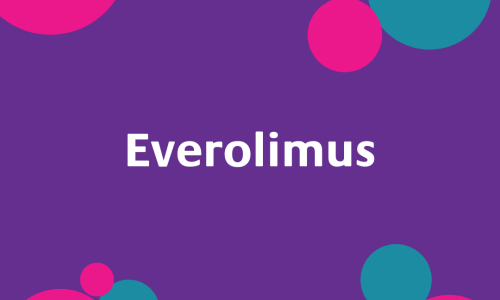
What is Everolimus
What is Everolimus Everolimus is a targeted cancer drug that blocks cancer growth. You might have everolimus if you have advanced breast cancer that is hormone receptor positive.

SBC & ME - My Treatment
Rachel Stewart continues her 'SBC & Me' story.
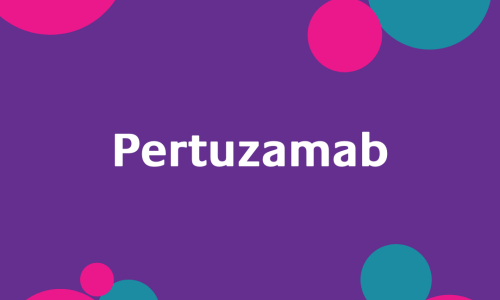
What is Pertuzamab
What is Pertuzamab Pertuzumab is a targeted cancer drug and is also known by its brand name Perjeta. What is it?It is a treatment for breast cancer.
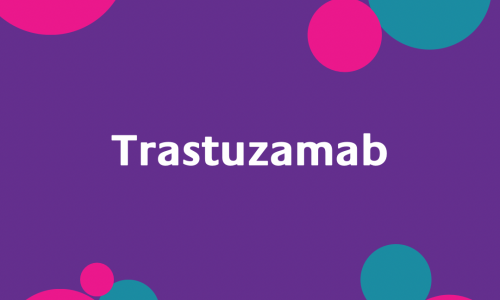
Trastuzamab
Trastuzumab is a targeted cancer drug also known as Herceptin. It is a treatment for early and advanced breast cancer, advanced stomach cancer and cancer of where the food pipe joins your stomach.
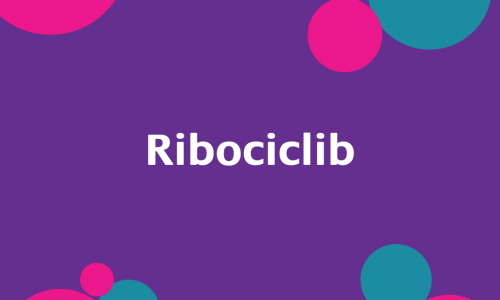
Ribociclib
This week's blog is about Ribociclib in the treatment of secondary breast cancer.
What has your experience of Ribociclib been?

How Were You Diagnosed?
When were you diagnosed with secondary breast cancer? I was diagnosed with SBC on 16th March 2020.

Palbociclib
This week’s blog is about Palbociclib in the treatment of Secondary Breast Cancer.
What has your experience of Palbociclib been?

Steroids for Secondary Breast Cancer
You may have steroids as part of your treatment or to control symptoms and help you to feel better. Steroids may be given: with certain chemotherapy drugs to prevent an allergic reaction or to reduce sickness to reduce swelling and control pain when there is a secondary cancer in the liver to reduce pressure and relieve headaches and sickness when there is a secondary cancer in the brain.

Thermal Ablation
Thermal ablation is used to treat different types of cancer. It uses extreme temperatures (thermal) to destroy (ablate) cancer cells.

How Were You Diagnosed?
When were you diagnosed with secondary breast cancer? I was diagnosed with metastatic breast cancer in May 2021 What type do you have?
Find Your Local Billboard
Our #FightingToBeHeard campaign is in full swing and we have billboards located around the UK! Billboard locations change regularly and this blog will be updated with the most up to date information.


